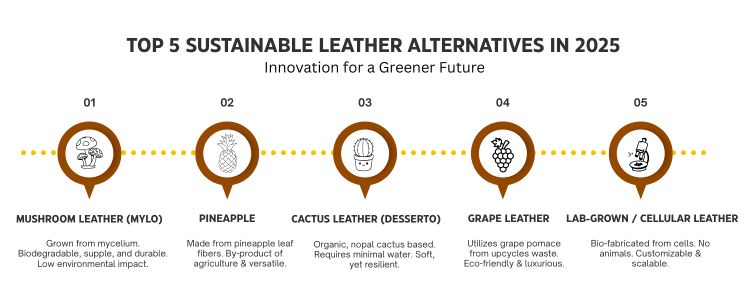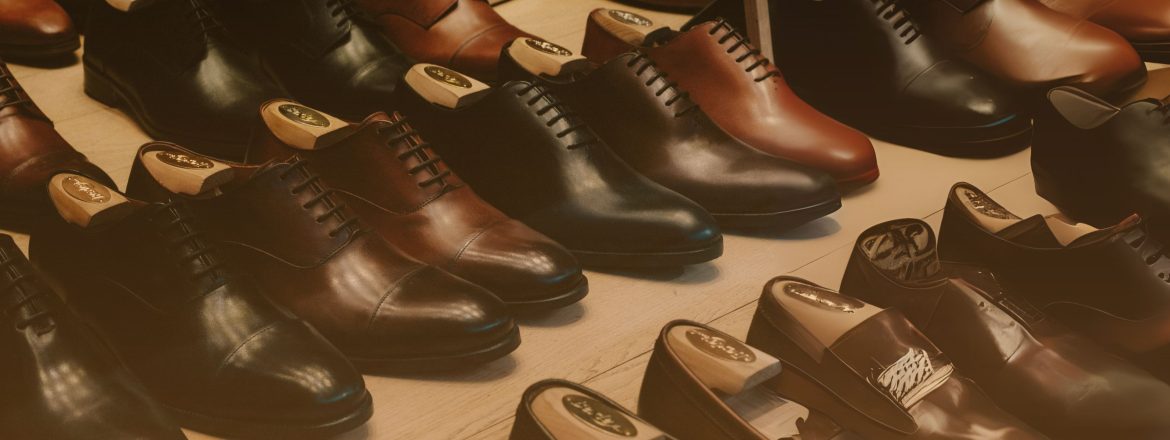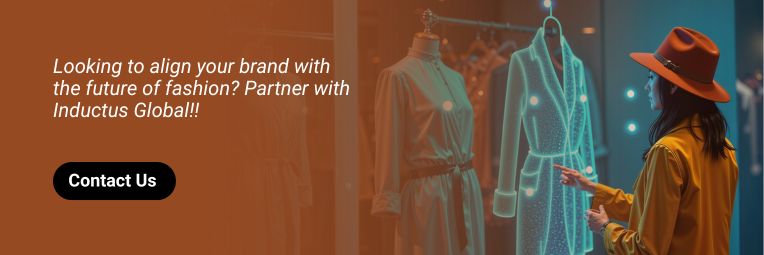Eco-Friendly Leather Shoes: Sustainable Fashion Choices for 2025
The footwear industry finds itself in a defining moment in 2025. Historically linked to mass production and environmental degradation, the industry is experiencing a significant pivot towards sustainability. Eco-Friendly Leather Shoes are one avenue for the countless innovations that are driving a greener, more conscientious fashion future.
Today’s turn for Eco-Friendly Leather Shoes is more than fashion; it speaks to larger issues around things like climate change, responsible sourcing, and global trade initiatives. Individuals, governments, and manufacturers are on a shared agenda: the future of fashion has to be sustainable and not create an environmental deficit.
Why Sustainability Matters in Footwear
Leather hasbe en perceived as a quality, durable, and classic material. However, traditional leather tanning and product processes are resource-intensive, using substantial water, chemicals, and creating waste.
With all that said, the call for eco-leather alternatives in sustainable leather sourcing is growing. Manufacturing is now judged not only on craftsmanship, but also on how eco-conscious and responsible they incorporating sustainability into their supply chain.
The Rise of Eco-Friendly Leather Shoes
The Movement of Awareness Around Consumption
The 2020s have seen a rise in knowledgeable consumers, who are more inclined to make conscientious consumption choices. Millennial to Gen Z consumers are focused on more than just aesthetics: they’re more focused on the story behind the product. Shoes made from ethically sourced leather appeal to this demographic, which creates a significant market pull.
Sustainable Technological Advancements
Technology-driven innovation around eco-tanning, plant-based dyes, and waste has enabled producers to lessen the carbon footprint in the manufacturing of leather footwear. Many brands have adopted solar-powered manufacturing, water recycling practices, and biodegradable packaging, which speak to the sustainability efforts.
Potential Consumer Base
Eco-friendly leather Shoes have transitioned from a niche item to a viable option in the fashion space. Large box retailers and upscale luxury brands are investing in sustainable collections. Sustainability considerations are now a requirement for market relevance—no longer just an add-on consideration.

Sustainable Leather Sourcing Fashion: The New Standard
At the core of every eco-friendly shoe is a sourcing strategy used to define its environmental footprint. Eco-leather sourcing in fashion emphasizes:
- Traceability: Which refers to ensuring leather is sourced from responsibly operated farms and that the leather is processed with strict environmental protocols.
- Alternative Tanning: Vegetable tanning and chrome-free processes that do not pollute the environment with chemicals.
- Circular Economy practices: Recycling off-cuts and shifting waste systems to reduce landfill burden.
With our global brands beginning to be more transparent with sustainability reports, and the certification process through third parties, has led to organizations are altering their expectations, with ethical sourcing being a competitive advantage.
Global Trade Implications
Sustainability has transformed not only consumer habits but also international trade. Countries with rigid environmental laws across the globe are now requiring exporters to demonstrate proof of compliance.
Wholesale Footwear Suppliers UK networks are moving towards sustainable imports to fall in line with Britain’s rigorous sustainability commitments.
In the same vein, a Wholesale Footwear Supplier USA must work with consumer activism and green policies, where transparency in the source of the product is as important as design. At the same time, footwear export from India is developing as companies seek sustainable processes to remain competitive in the markets. All of these changes illustrate that eco-friendly footwear is not simply a retail trend but a global trade requirement.
The Intersection of Apparel and Footwear
It is interesting to note that the sustainability trend has made the distinction between footwear and apparel less clear. Customers are beginning to expect a seamless approach across categories. For example, sourcing apparel includes sustainability assessments similar to footwear. An apparel supplier in India that embraces eco-friendly practices works more closely with footwear exporters whose focus is on the growing global sustainable market. This approach opens up new collaborations and innovation across sectors.
Challenges in Building Sustainable Footwear
There are important developments, but challenges remain:
- Cost Barriers: Eco-friendly design and production methods typically require greater investment in technology and materials.
- Supply Chain Fragmentation: Establishing traceability through various supply tiers is complicated.
- Consumer Price Sensitivity: Consumer interest in eco-friendly options increases; however, price remains a determining factor in mass markets.
- Policy Gaps: Failing international regulations creates compliance challenges for exporters and suppliers.
Opportunities Ahead
The outlook for Sustainable Leather Shoes is bright, facilitated by an interesting combination of new technologies and market opportunities. The possibilities are:
- Eco-Friendly Branding. Corporations that are able to authentically market their sustainable credentials can command a premium price on their footwear.
- Corporate Partnerships with Tech Companies. Adding features like blockchain for traceability or artificial intelligence for demand forecasting will add tremendous value.
- Emerging Marketplace Expansion. As eco-consciousness grows in Asia and Africa it will help sustain new demand and industry growth.
- Luxury Brand Evolution. Luxury brands are now judged on their ethical footprint, increasing their need to innovate and provide sustainable products.
Regional Insights for 2025
- Europe: With some of the toughest environmental regulations, Europe is still a market worth considering for eco-footwear exporters.
- North America: Sustainability-driven fashion trends are dominating this region, driven by activism from consumers.
- Asia-Pacific: This region is price-driven; however, it is quickly adopting eco-innovations in urban areas.
- Middle East & Africa: Urbanization is increasing interest in durable and eco-fashion products.
Practical Guidelines for Exporters
Exporters looking to excel in this new world should:
- Invest in Certification: Well-recognized eco-labels build trust and open access to high-end markets.
- Build Supply Chains: Build direct relationships with sustainable tanneries and farms.
- Utilize Digital Tools: Use traceability platforms to demonstrate authenticity.
- Educate Buyers: Transparency in product sources and processes can justify a higher price point.
Conclusion
The year 2025 stands as a watershed moment for fashion’s relationship with the planet. Eco-Friendly Leather Shoes are no longer merely an alternative; they are emerging as the harbinger of responsible fashion. Powered by advances in sustainable leather sourcing, fashion, and global trade, it is adjusting to this change at an incredible pace.
For exporters and suppliers, the imperative is unmistakable: Initiate Sustainable Practices Now to be competitive Tomorrow. Fashion is no longer evaluated based on style alone, but on its ability to work in concert with nature. The green evolution of the footwear industry is now inevitable, and those that adapt will be the ones to help define the change.
Frequently Asked Questions (FAQ)
They are structured services to support businesses in finding, evaluating, and managing suppliers to optimize costs, quality, and compliance.
It provides access to competitive manufacturing capabilities while being able to adapt to changing consumer needs.
Pharmaceuticals sourcing is compliance-driven, and an acknowledgment is needed for rules and standards to be met that are often above safety regulations.
Agents act as intermediaries to find and connect businesses with reputable suppliers, negotiate pricing, lead times, and mailing logistics.
Agencies provide solutions from supplier vetting to managing compliance and scaling.
No, even small and medium-sized enterprises (SME’s) see great benefit, especially when growing internationally or within regulated industries.









